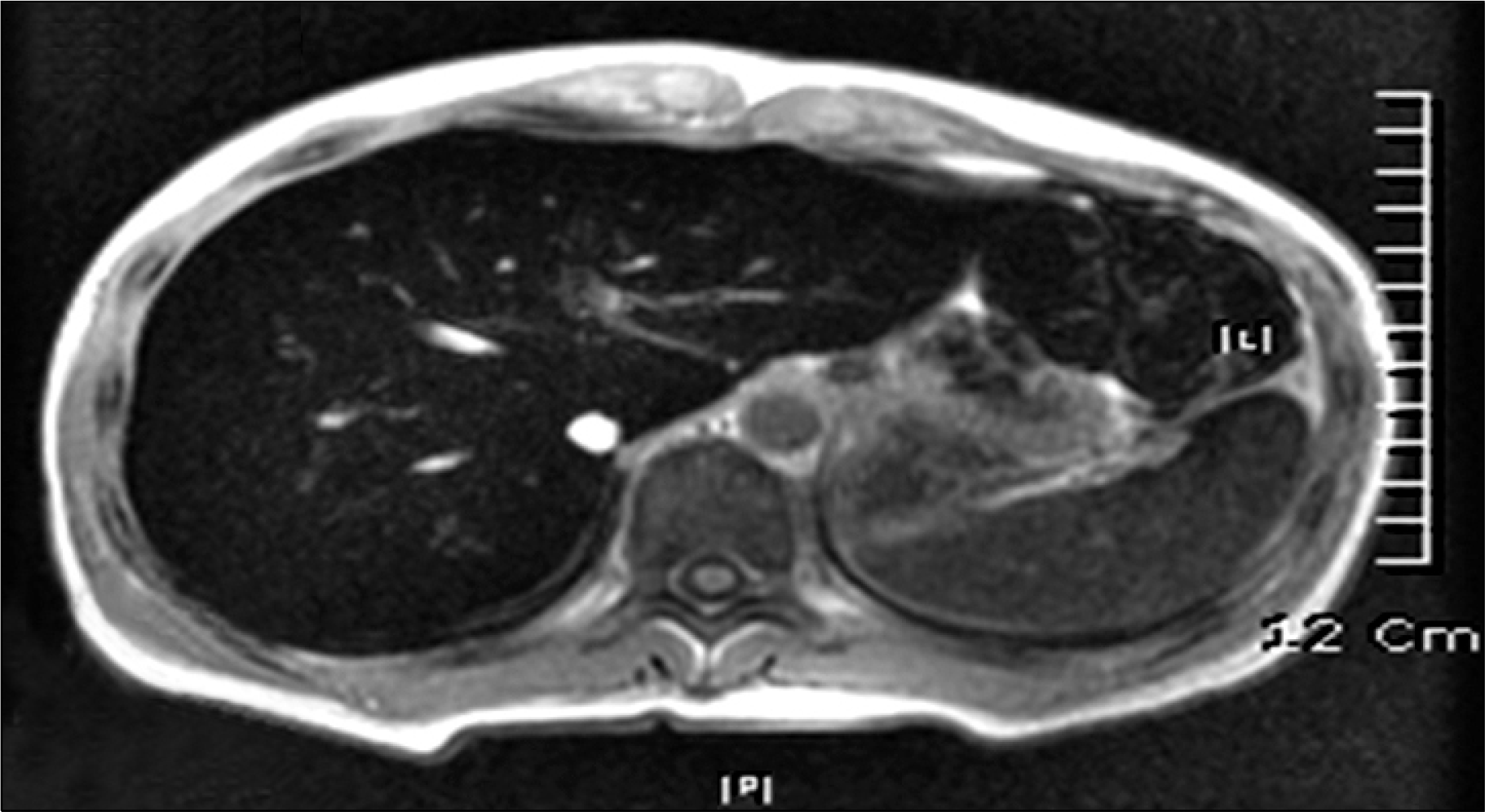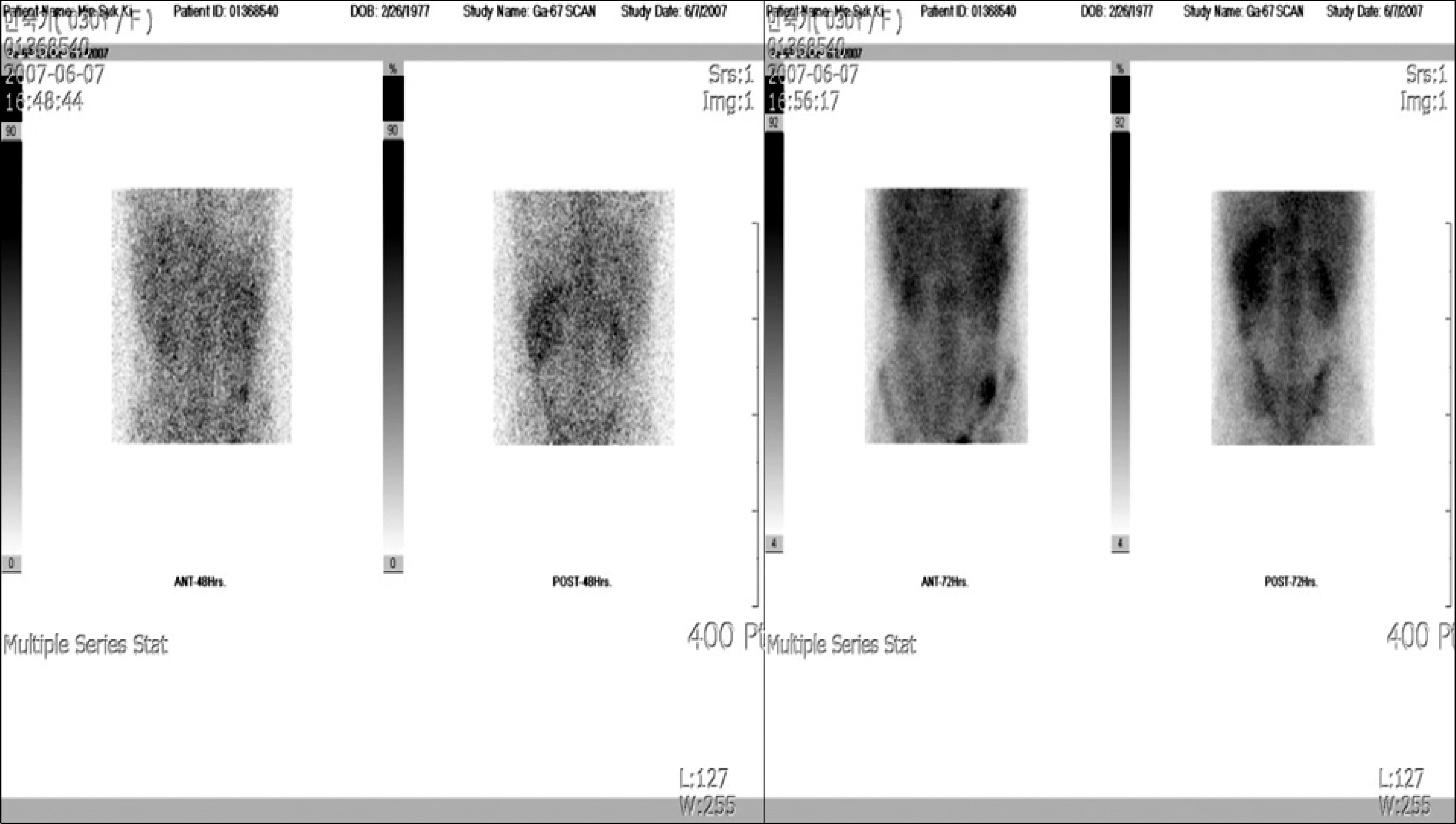Abstract
Deferasirox is a once-daily, oral iron-chelating agent that is now widely available for the treatment of transfusional hemosiderosis. Deferasirox represents a significant advance in the treatment of iron overload, as the availability of an effective oral therapy has the potential to relieve many patients from the burden of frequent parenteral therapy with the previous reference standard iron chelator, deferoxamine. The well-known drug-related adverse events associated with deferasirox include gastrointestinal disturbances, rash, elevations in liver enzyme levels, and mild increases in serum creatinine levels, but acute renal failure is not common. The authors report a case of acute tubulointerstitial nephritis induced by deferasirox following hematopoietic stem cell transplantation for severe aplastic anemia.
REFERENCES
1). Ladis V., Chouliaras G., Berdousi H., Kanavakis E., Kattamis C. Longitudinal study of survival and causes of death in patients with thalassemia major in Greece. Ann N Y Acad Sci. 2005. 1054:445–50.

2). Roberts DJ., Rees D., Howard J., Hyde C., Alderson P., Brunskill S. Desferrioxamine mesylate for managing transfusional iron overload in people with transfusion-dependent thalassemia. Cochrane Database Syst Rev. 2005. 4:CD004450.
3). Borgna-Pignatti C., Cappellini MD., De Stefano P, et al. Cardiac morbidity and mortality in deferoxamine - or deferiprone-treated patients with thalassemia major. Blood. 2006. 107:3733–7.
5). Treadwell MJ., Law AW., Sung J, et al. Barriers to adherence of deferoxamine usage in sickle cell disease. Pediatr Blood Cancer. 2005. 44:500–7.

6). Piga A., Galanello R., Forni GL, et al. Randomized phase II of deferasirox (Exjade, ICL670), a once-daily, orally-administered iron chelator, in comparison to deferoxamine in thalassemia patients with transfusional iron overload. Haematologica. 2006. 91:873–80.
7). Cappellini MD., Cohen A., Piga A, et al. A phase 3 study of (ICL670), a once-daily oral iron chelator, in patients with beta-thalassemia. Blood. 2006. 107:3455–62.
8). Galanello R., Piga A., Forni GL, et al. Phase II clinical evaluation of deferasirox, a once-daily oral chelating agent, in pediatric with beta-thalassemia major. Hae-matologica. 2006. 91:1343–51.
9). Porter J., Vichinsky E., Rose C, et al. A phase II study with oral ICL670 (ExjadeⓇ), a once-daily oral iron chelator, in patients with various transfusion- dependent anemias and iron overload. Blood. 2004. 104:872a.
10). Cappellini MD., Taher A. Long-term experience with deferasirox (ICL670), a once-daily oral iron chelator, in the treatment of transfusional iron overload. Expert Opin Pharmacother. 2008. 9:2391–402.

11). Kontoghiorghes GJ., Neocleous K., Kolnagou A. Benefits and risks of deferiprone in iron overload in thalassaemia and other conditions: comparison of epidemiological and therapeutic aspects with deferoxamine. Drug Saf. 2003. 26:553–84.
12). Borgna-Pignatti C., Rugolotto S., De Stefano P, et al. Survival and disease complications in thalassemia major. Ann N Y Acad Sci. 1998. 850:227–31.

13). Vichinsky E., Onyekwere O., Porter J, et al. A randomized comparison of deferasirox versus deferoxamine for the treatment of transfusional iron overload in sickle cell disease. Br J Haematol. 2007. 136:501–8.
Fig. 1
Liver MRI shows transfusional hemosiderosis or hemochromatosis involving the liver, spleen, and probably bone marrow.

Fig. 2
Gallium scan of kidney. The uptake intensity in the kidneys is increased up to 48hr post-injection. Furthermore renal activity is more prominent on the images obtained on 72 hr post-injection, suggesting active inflammation of the kidneys.

Table 1.
Comparison of renal function tests in pre- & post-deferasirox treatment




 PDF
PDF ePub
ePub Citation
Citation Print
Print


 XML Download
XML Download